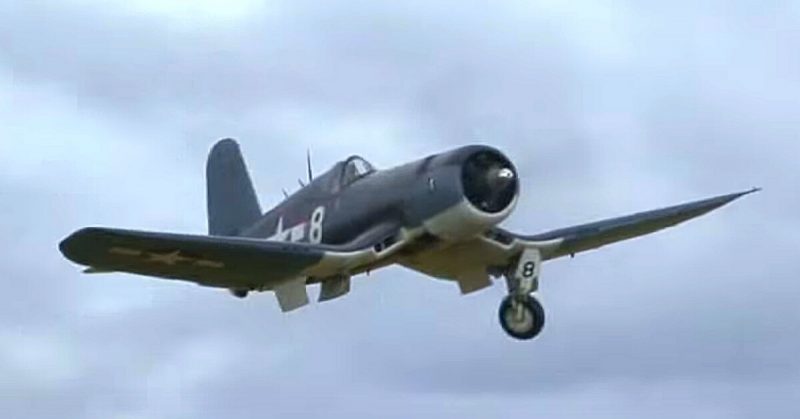What was the role of the Corsair in World War 2? You are about to find out with this video.
The Corsair was manufactured by Goodyear in 1942 under license from Vought in Akron, Ohio. It was initially to be used as a carrier-based aircraft, but it had significant landing problems with its “birdcage” style canopy. This limited the visibility for taxiing on deck. Also, the plane could bounce on landing which sometimes caused it to lose control or miss the hook and crash into barriers.
Even with these early problems, demand was high for the aircraft and Vought outsourced production to both Goodyear and Brewster. To differentiate between the two, aircraft built by Goodyear were called FG and aircraft built by Brewster were named F3A.
This plane was multifunctional in use. It was a great Dogfighter, as well as providing ground support. Until the landing problems were fixed, the US Marines used the plane on a land-based role only. Once the problems were fixed, it became one of the most capable carrier-based fighter-bombers of the war.
Corsairs were used extensively in a fighter-bomber capacity in the Central Pacific and the Philippines. At the beginning of 1944, the limits of the Corsair were being tested. Charles Lindbergh, in conjunction with the Marines, flew Corsairs as a civilian technical advisor. His job was to investigate how to increase the Corsair’s payload and range in an attack role. Marines were also testing the aircraft’s capabilities in a support role during amphibious landings.
The plane was known for its huge and noisy radial engine. While watching this video listen out for the whistling noise it makes in a high-speed dive. This should give you a clue as to its nickname. The Japanese had another name for the Corsair, “The Whistling Death.”
